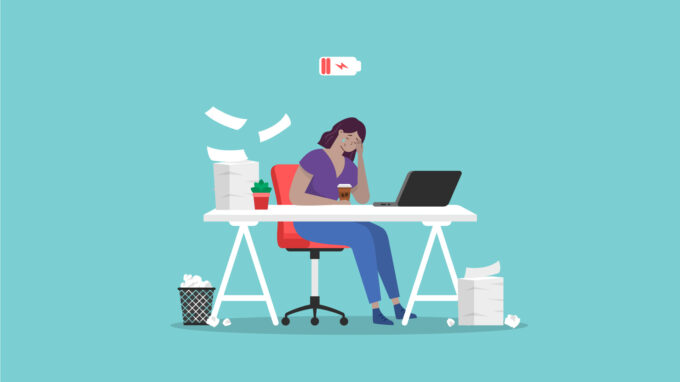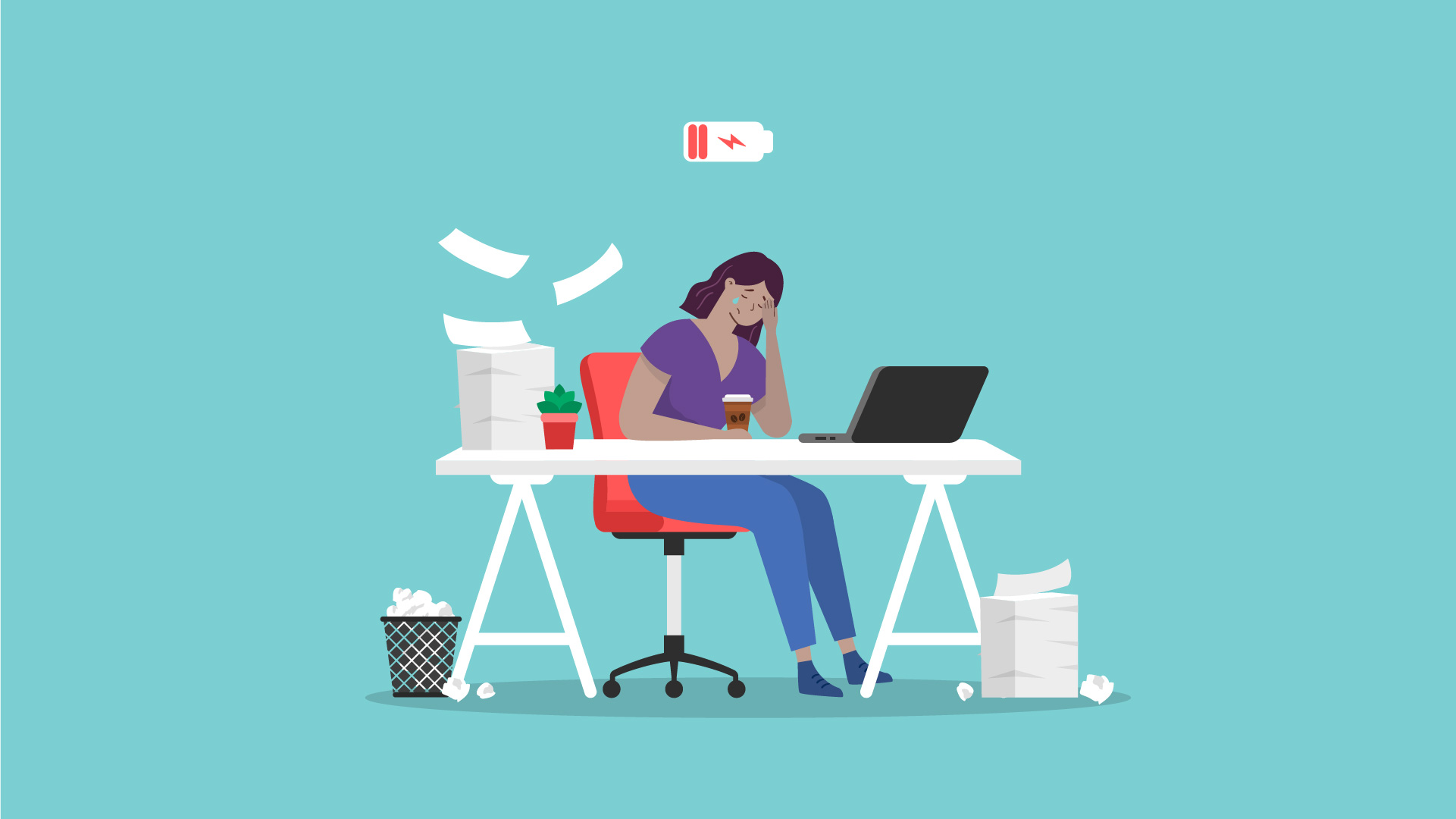
Can We Avoid Burnout?
We often use the term “burnout” as a vague label for an exhausting day or week of hard work, but actual burnout is more than

Left unchecked, burnout can show up as physical, mental, and emotional illness — and can have some pretty devastating impacts on people, their families, and workplaces.
Do you know the signs of burnout? Would you recognize them in yourself, in a colleague, or in an employee? Knowing the signs of burnout can help you take critical steps to protect yourself and others.
In their research on workplace burnout, Winona State University simplifies burnout into five stages:
This progression underscores the importance of addressing things early-on, and setting healthy work habits during the “honeymoon stage.” If you feel like you’re doing well in this department, think of how you can support others to do the same. This can be as simple as modeling breaks, using time-off, and replying to messages during work hours only. There are many ways to burnout-proof your workplace culture!

This quick tool can help you to check yourself for burnout. It helps you to look at the way you feel about your job and your experiences at work, so that you can get a feel for whether you are at risk of burnout.
This free workshop walks you through modules looking at the physical and psychological effects of stress, and the importance of looking after yourself and your staff. It points to practical steps you can take to talk about stress and to co-develop plans for recovery. Once you’ve completed the modules, you can also complete a short questionnaire to receive a Continuing Personal Development certificate.

If you’re experiencing high stress or burnout, you may be looking for new ways to rebalance your life and become happier. This quiz developed by Gretchen Rubin, author and host of the “Happier with Gretchen Rubin” podcast, is a great place to start. The answers can help you decide where to focus your time, energy, and resources and provide many ideas and resources to explore. At the end of the quiz, you can click “Skip this” to go straight to your results.
This intermediate-level program is for leaders and colleagues alike and is often used as a complement to mandatory anti-harassment training. Through scenarios featuring women and LGBTQ+ people, this program encourages learners to take action to prevent, recognize, and respond to workplace harassment. It also encourages learners to advocate for policy changes wherever gaps are identified.
This program was co-created by Adriana Leigh, a workplace human rights lawyer, facilitator in gender equality, and the Principal Consultant of ALG Consulting.

We often use the term “burnout” as a vague label for an exhausting day or week of hard work, but actual burnout is more than

At Dialectic, we think a lot about DEI, soft skills, and leadership training that makes organizations more inclusive and human-friendly. When we team up with

Ageism commonly affects women over 40 in the workplace. In spite of their tremendous wisdom and experience, women over 40 may be passed over for
Dialectic helps organizations improve the way people work, learn, and collaborate through person-centred design and the latest in social science.

Does your team struggle with soft skills?
Use our app or upload Snippets to your LMS to build better habits in minutes with scenario-based microlearning.
Sign up for our weekly roundup of the latest on DEI, leadership, collaboration, and learning science.
© 2024 Dialectic. All rights reserved. | Contact Us | Privacy Policy | Terms of Use | AODA Statement
See how easy it is to activate soft skills in your organization. Soft skills training on 3 key topics: DEI, Leadership, and Collaboration.